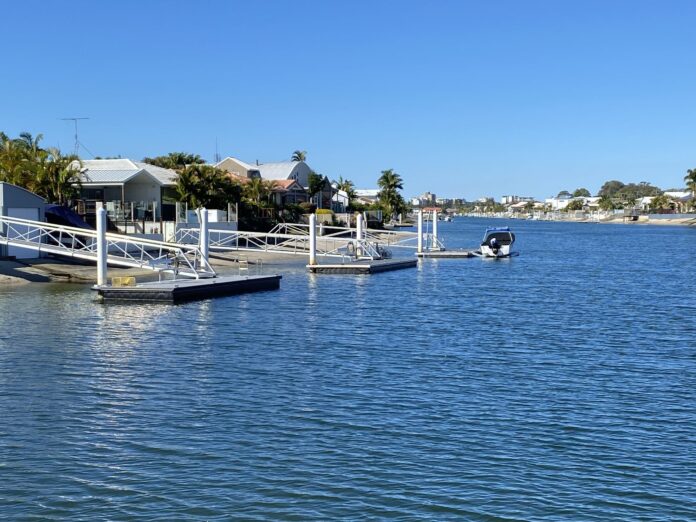A waterfront resident believes a “downgrade” in canals maintenance has adversely affected properties, but Sunshine Coast Council says it’s committed to the region’s waterways.
Maroochy Waters’ Robert Herd said locals’ boat ramps were collapsing and their revetment walls were compromised by a lack of nearby sand in the canals.
He acknowledged that homeowners had a duty to maintain their walls but he believed council was not adequately replenishing sand in the canals, which could bolster the walls.
Council looks after the waterways and utilises dredging contractors, but Mr Herd said operations took too long.
“Every year, owners are hopeful that the dredge will finally make it to their property to replenish their beach and save their boat ramps and revetment walls, but are left disappointed,” he said.
“In March, the contractor finally made it to our beach, which was in the most eroded condition that I have seen in the last six years.”
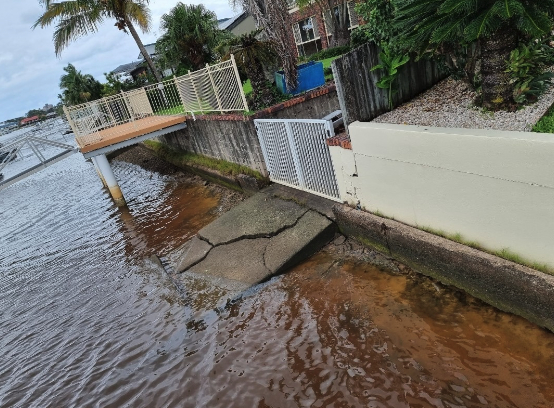
But Mr Herd said the work was “painfully slow” and it took at least 10 days to replenish the sand near his property.
“They should have serviced 10 properties in the time it took to do our property,” he said.
“This affects all ratepayers.
“And the lack of maintenance is costing owners who bought into the canal millions of dollars in lost value (collectively), because potential buyers are put off when they inspect the canals and see collapsing boat ramps and revetment walls.”
Mr Herd said one local property owner faced $20,000 in costs to repair a wall that had essentially collapsed.
He believed there was plenty of sand in the system to replenish the banks near properties.
“An examination of the entrance to the canal, especially at low tide, will give some clue as to where the sand is,” he said.
“Residents who used to be able to take their boats freely into the river are not able to now, unless it is absolute high tide, because of the build-up.”
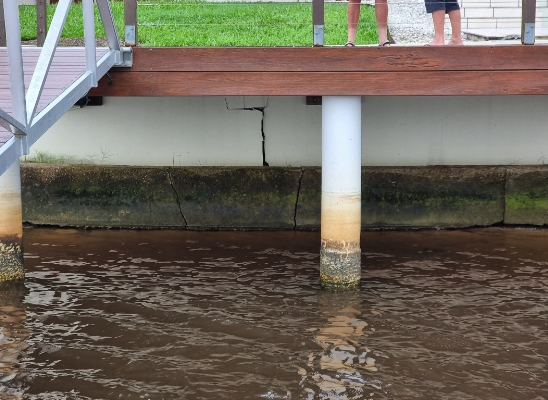
A council spokesperson said its role was to keep the canals clean, filled with water and navigable, while focusing on “keeping the canal profiles as close as possible to the original design”.
There is about 32km of sand-based canal frontage in the region, which requires ongoing dredging maintenance. This equates to about 1520 canal-front properties.
But the spokesperson said: “It is not council’s responsibility to replenish the sand in front of the property walls to support them.
“The maintenance of private structures, such as revetment walls and boat ramps, is the responsibility of the owner.”
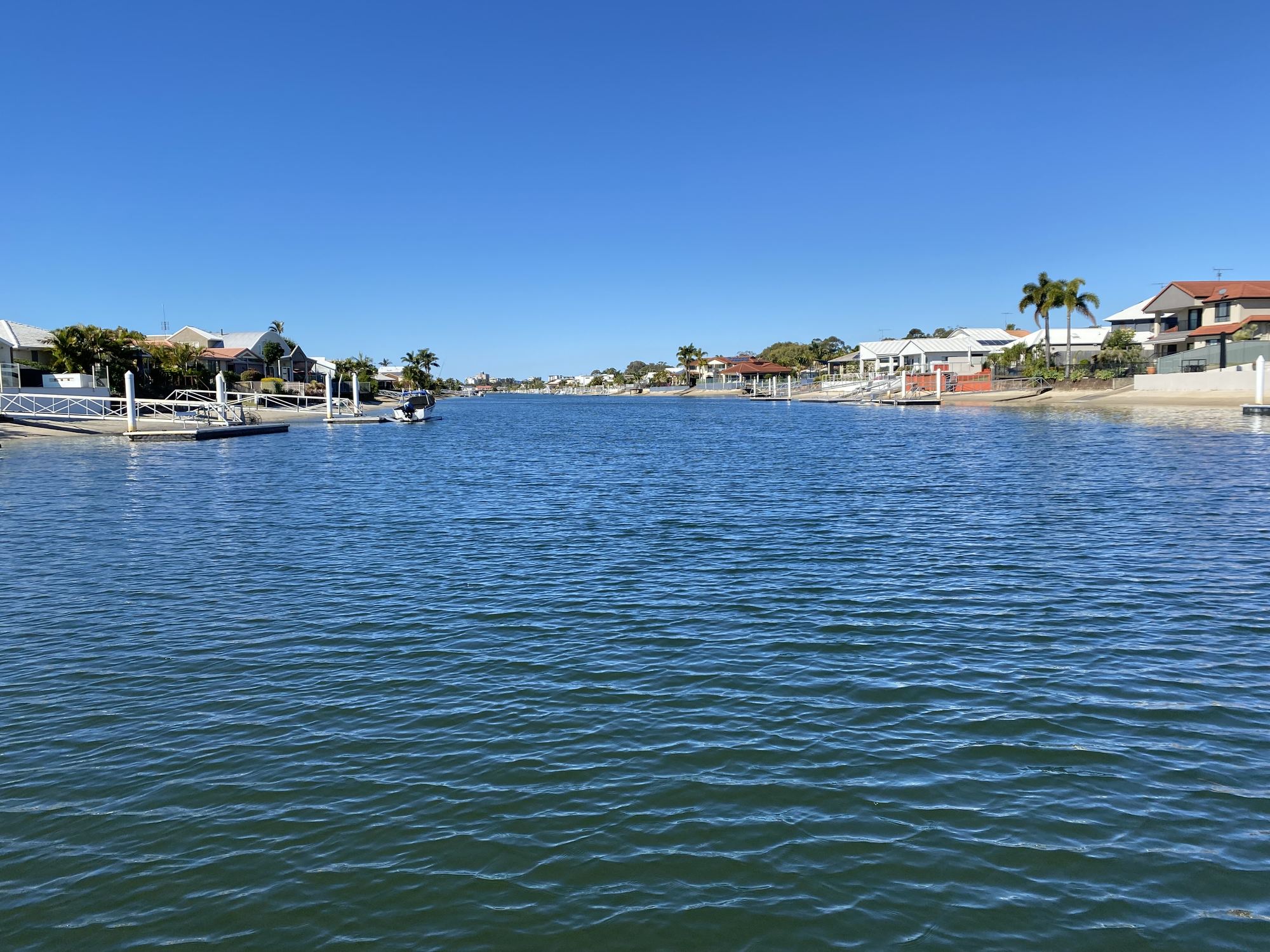
About $1.6 million is invested in the maintenance of the region’s six canal systems each year, from general rates.
Contractors carry out the work, and each section of canal takes “varying times to complete, depending on the condition and complexities of the location”.
“There can be up to five contractors engaged in the system at any one time, providing a variety of specialist expertise and services such as hydrographic surveys, de-silting works, sand dredging and barge works,” the spokesperson said.
“All canals have areas where there is limited sand available for dredging, resulting in additional time spent in replenishment works.”
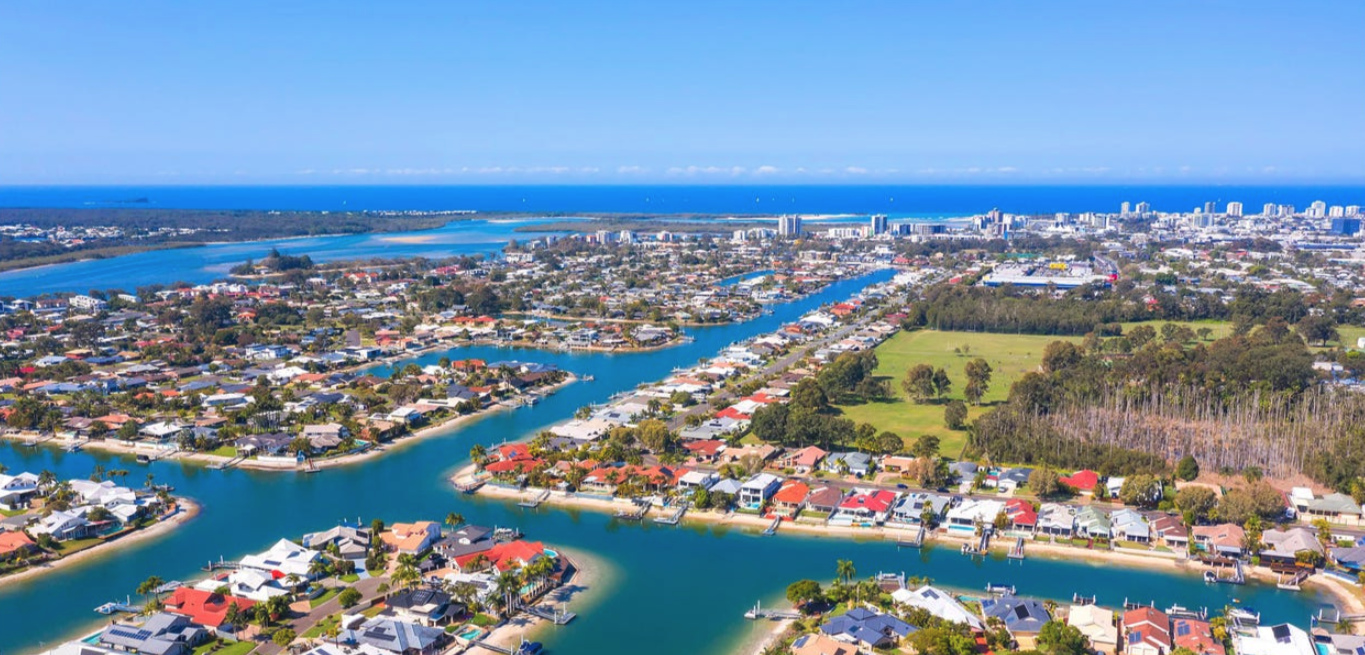
Only sand within the canal systems can be used for replenishment works, due to Queensland Government permit conditions, so sand from external sources such as the Maroochy River and from landscaping suppliers can’t be used.
“However, where appropriate, council will move sand within the canal systems to replenish areas where there is minimal sand,” the spokesperson said.
“As with every service that council provides, we continue to identify ways to improve service efficiency so that the allocated budget can result in more productive programs and outcomes.
“Rising prices and limited contractors continue to present challenges, however council is generally keeping up with the endorsed service level of canal maintenance works every three to four years.”
The spokesperson said council had invested $500,000 in dredging the Maroochy canal entrance to address shoaling and more works would be conducted as required.


